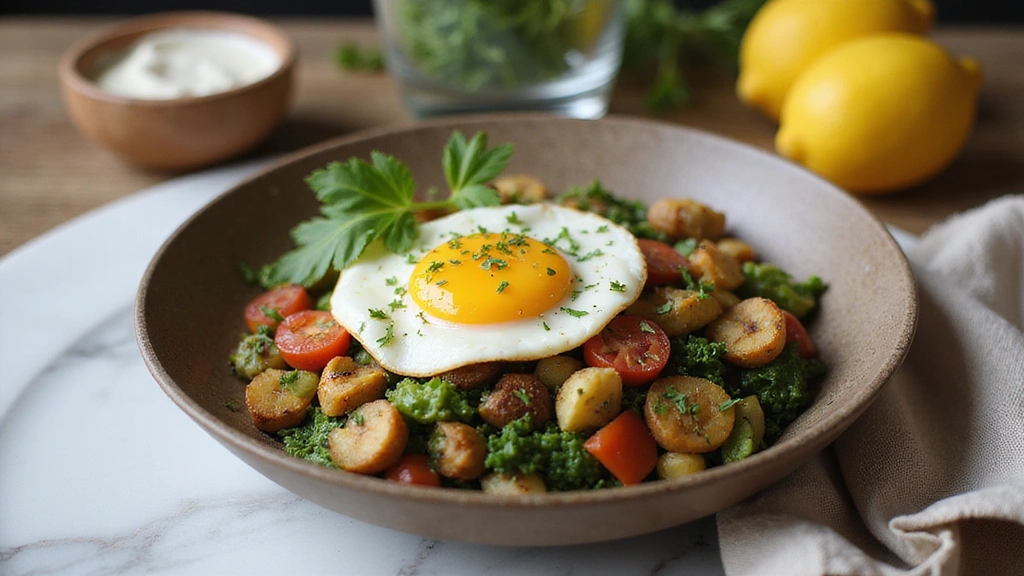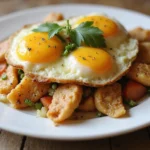Starting your day with a wholesome vegetarian breakfast bowl can set a positive tone for the rest of your day.
These bowls are not only visually appealing but also packed with nutrients that your body craves after a long night.
Each bite offers a delightful combination of textures and flavors, from creamy avocado to crunchy nuts and vibrant, fresh vegetables.
Whether you’re rushing out the door or enjoying a leisurely weekend brunch, these easy recipes will satisfy your hunger and nourish your soul.
The History and Cultural Significance
• Vegetarian breakfast bowls have roots in various cultures where hearty breakfasts are essential for starting the day.
• These bowls evolved as people began to appreciate the benefits of plant-based diets, leading to a variety of ingredients from grains to vegetables.
• In many cultures, such as in Mediterranean and Asian cuisines, breakfast bowls symbolize health and vitality, often incorporating seasonal produce.
• While many variations exist globally, the authentic vegetarian breakfast bowl maintains a focus on wholesome ingredients that promote well-being.
Recipe Overview
Nutritional Information (per serving)
Ingredients
Essential Equipment Guide
Mixing Bowl: A large mixing bowl is essential for combining ingredients without mess. Look for a sturdy, non-slip base to prevent sliding during mixing.
Sharp Knife: A sharp knife is crucial for evenly slicing vegetables and fruits. Invest in a quality chef’s knife that feels comfortable in your hand for optimal control.
Non-Stick Skillet: A non-stick skillet is necessary for sautéing vegetables without sticking. Ensure it has a sturdy handle and can withstand high heat for perfect cooking.
Preparation Methods
Cooking Quinoa: Cooking quinoa properly is essential for a fluffy base. Rinse it under cold water to remove bitterness, then simmer it in vegetable broth for about 15 minutes until tender.
Chopping Vegetables: Proper chopping techniques enhance texture and presentation. Use a sharp knife and a cutting board, and practice even cuts for uniform cooking.
Layering Ingredients: Layering ingredients is key to a visually appealing bowl. Start with the base, add vegetables, then toppings, ensuring a balanced distribution of colors and textures.
Step 1: Rinse the Quinoa
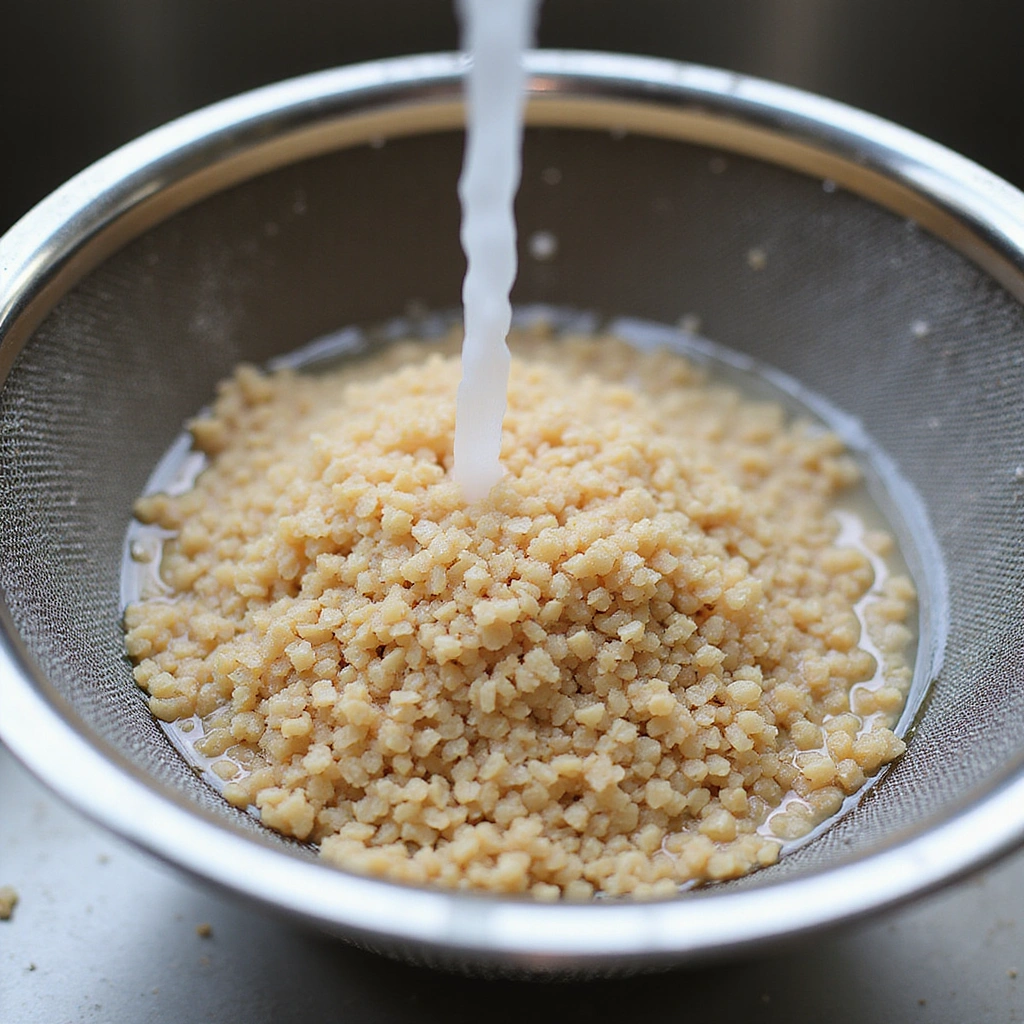
Begin by measuring out one cup of quinoa.
Place it in a fine-mesh strainer and rinse under cold running water for about 30 seconds.
This process removes any bitterness from the outer coating.
Ensure all grains are thoroughly rinsed before draining.
Step 2: Cook the Quinoa
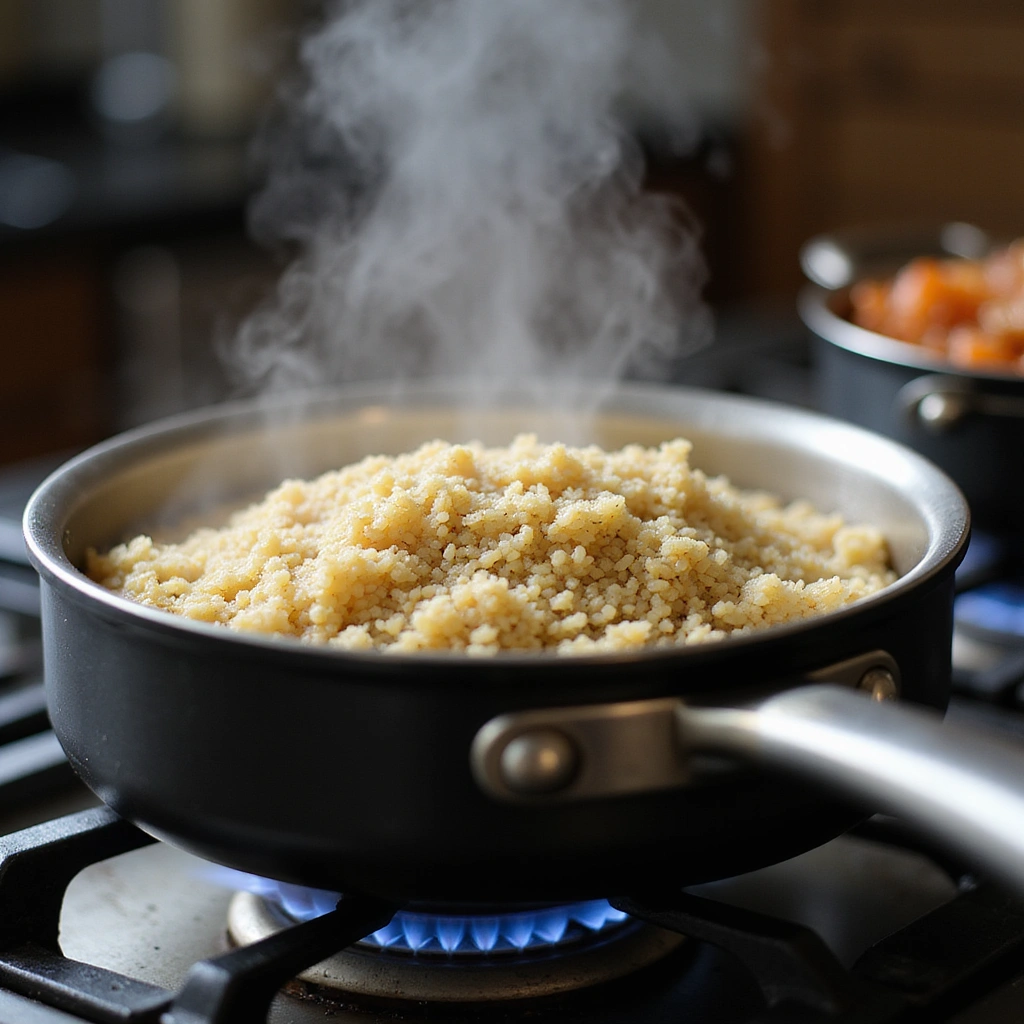
Add the rinsed quinoa to a saucepan with two cups of vegetable broth.
Bring to a boil over medium heat, then reduce to a simmer and cover.
Cook for about 15 minutes, or until the quinoa has absorbed all the liquid.
Fluff with a fork before removing from heat.
Step 3: Prepare the Vegetables
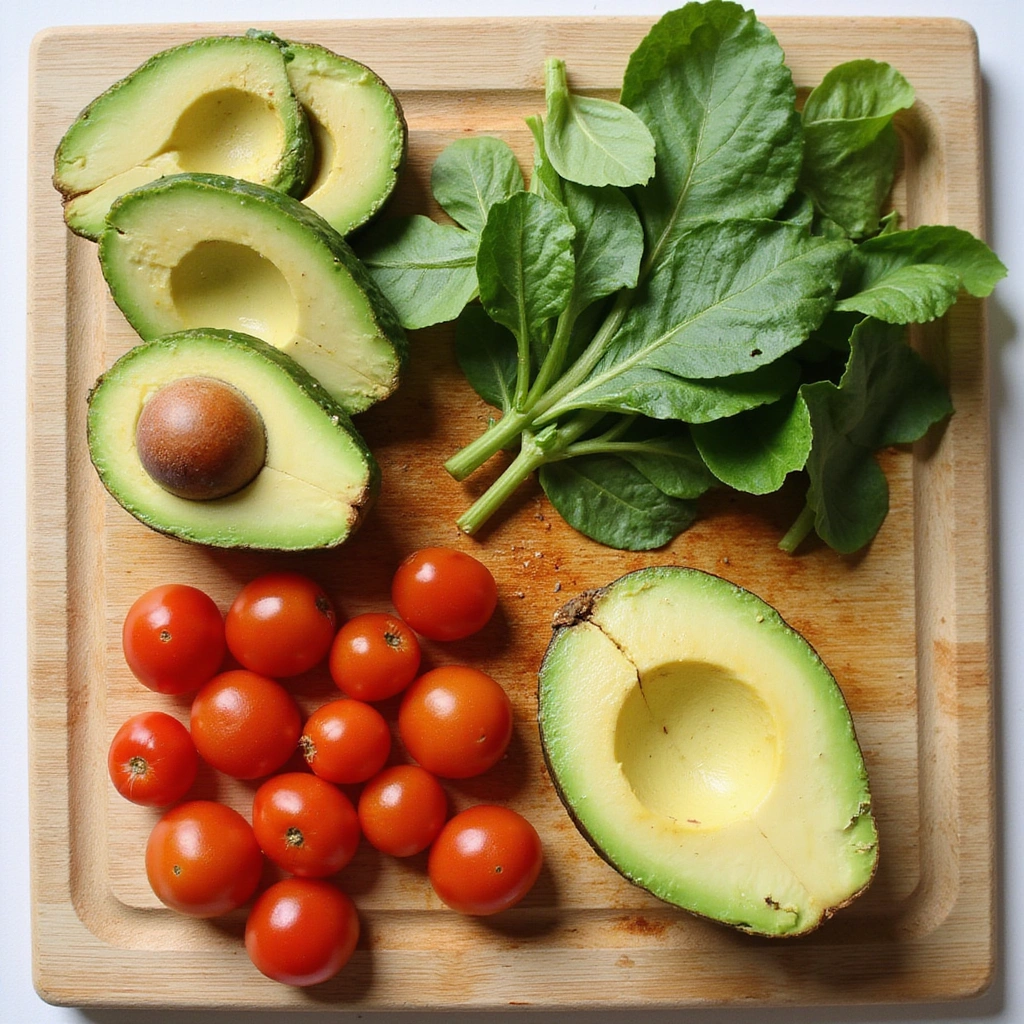
While the quinoa is cooking, wash and prepare your vegetables.
Slice the avocado and halve the cherry tomatoes.
Rinse the spinach and set aside to dry.
Ensure all vegetables are fresh for the best flavor.
Step 4: Assemble the Bowl
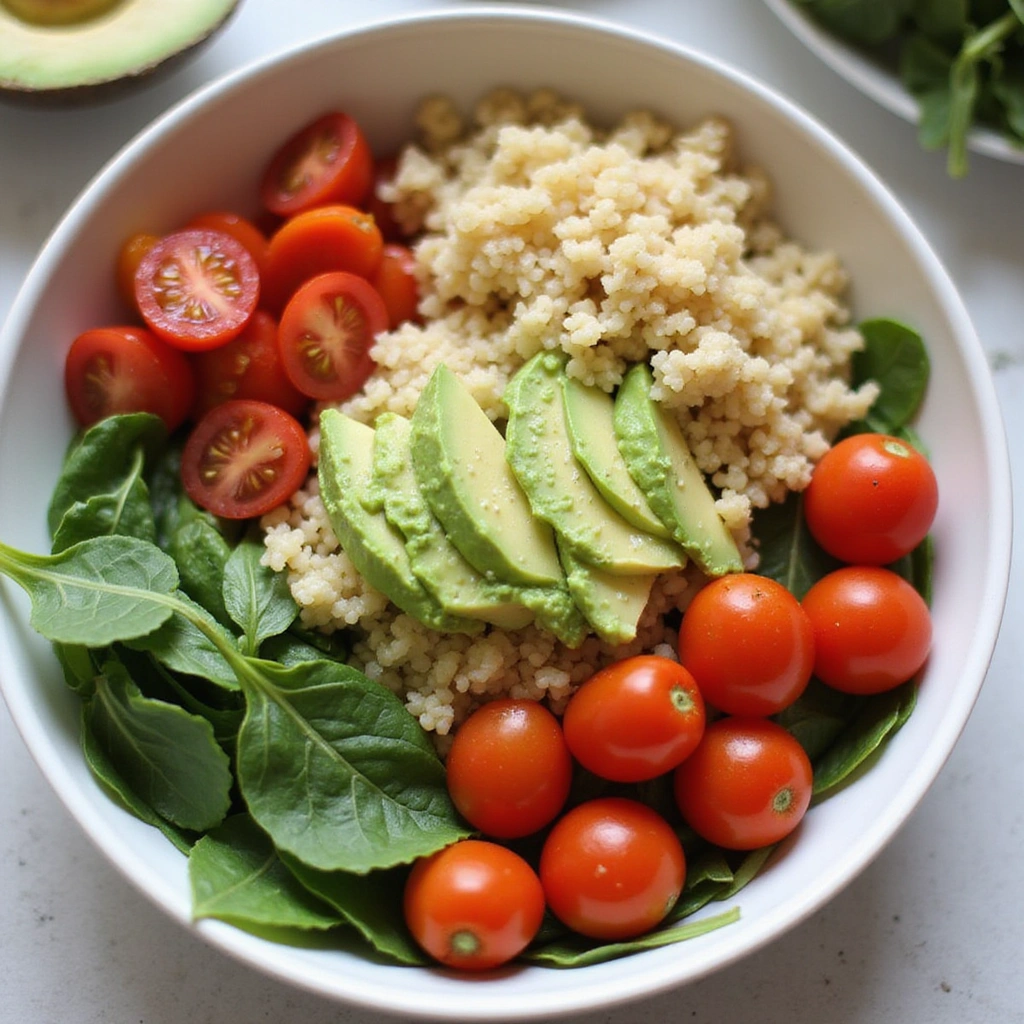
Start with a generous scoop of quinoa as your base in a bowl.
Layer the sliced avocado and cherry tomatoes on top.
Add a handful of fresh spinach for a pop of color and nutrients.
Take care to arrange the ingredients artfully.
Step 5: Add Toppings
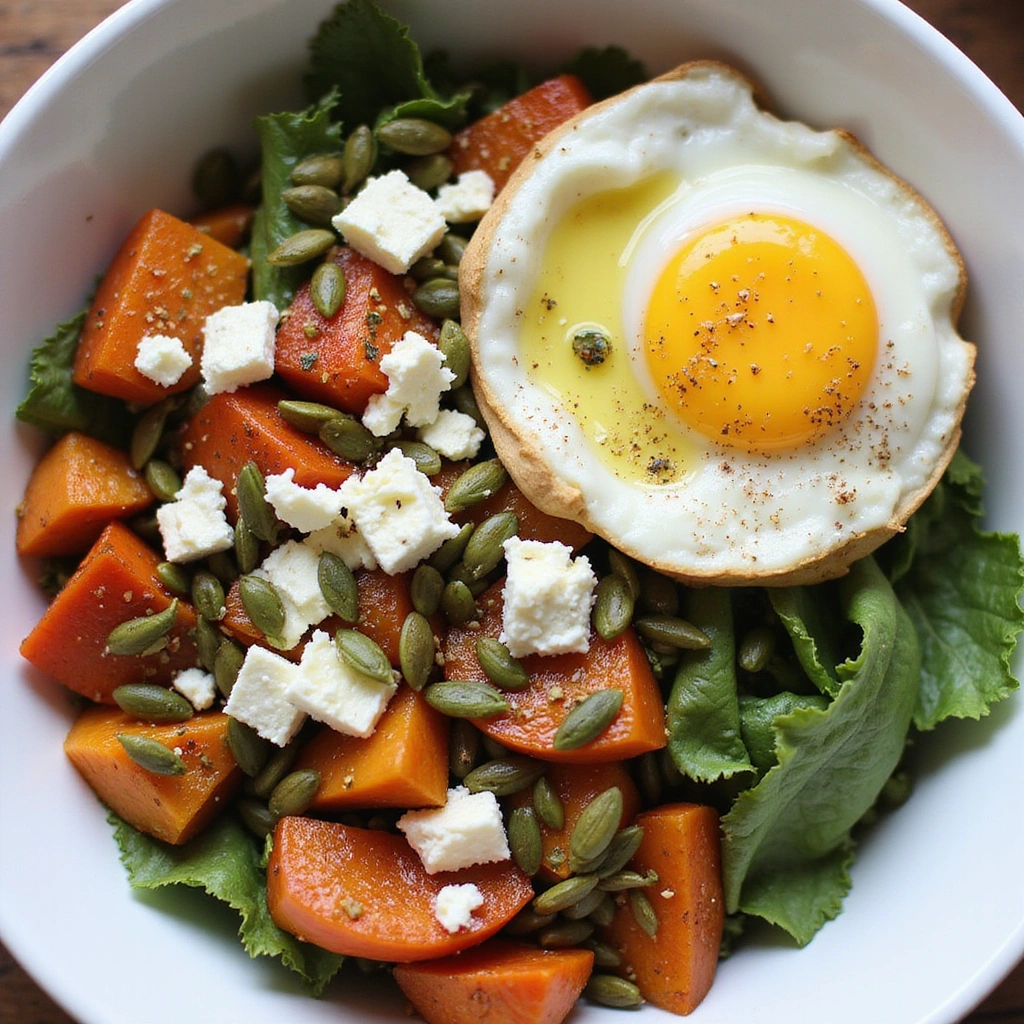
Sprinkle crumbled feta cheese over the assembled bowl for added flavor.
Next, add a handful of pumpkin seeds for crunch and texture.
Drizzle a tablespoon of olive oil over the top for richness.
Finish with a pinch of salt and pepper to enhance the flavors.
Step 6: Serve Immediately
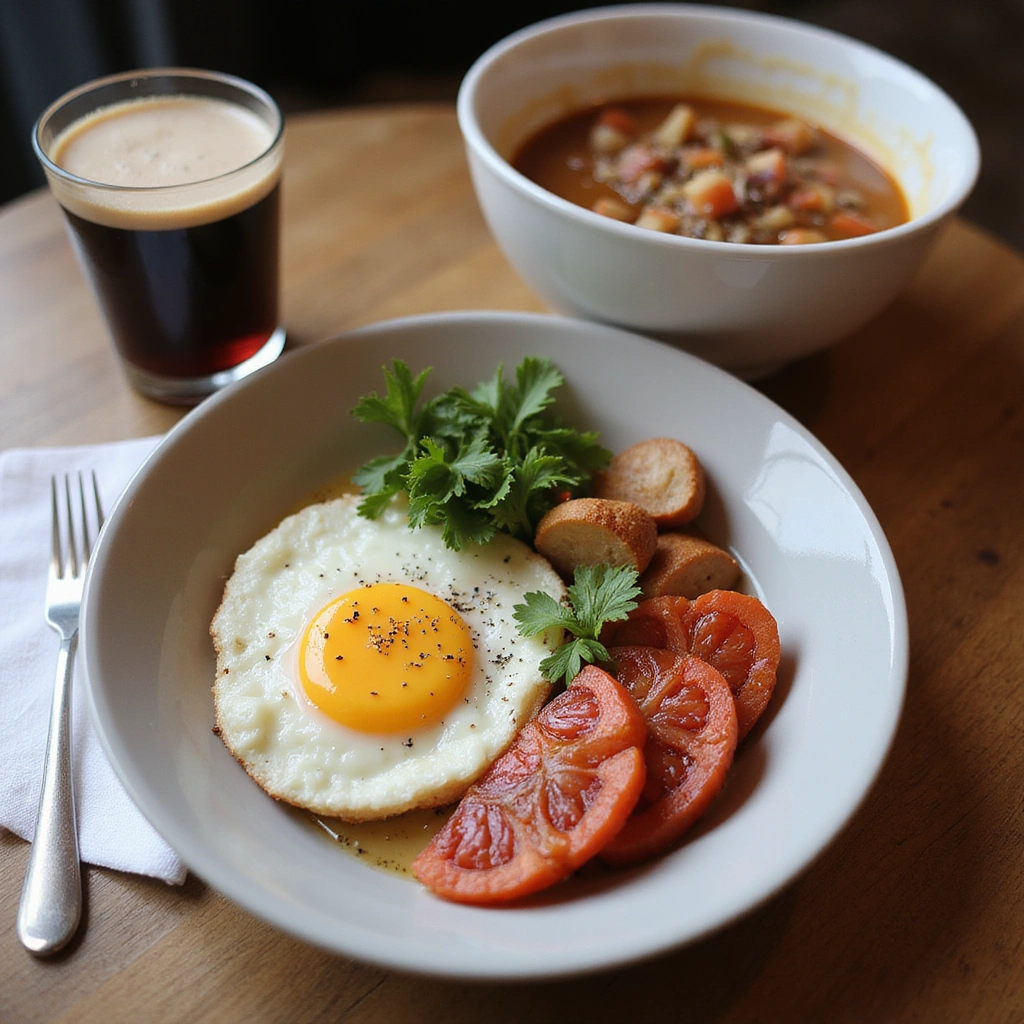
Serve the vegetarian breakfast bowl immediately for the best taste.
Encourage creativity by allowing each person to mix their ingredients as they like.
This dish is best enjoyed fresh, but can also be stored for leftovers.
Pair it with a refreshing drink for a complete meal.
Step 7: Enjoy Your Meal
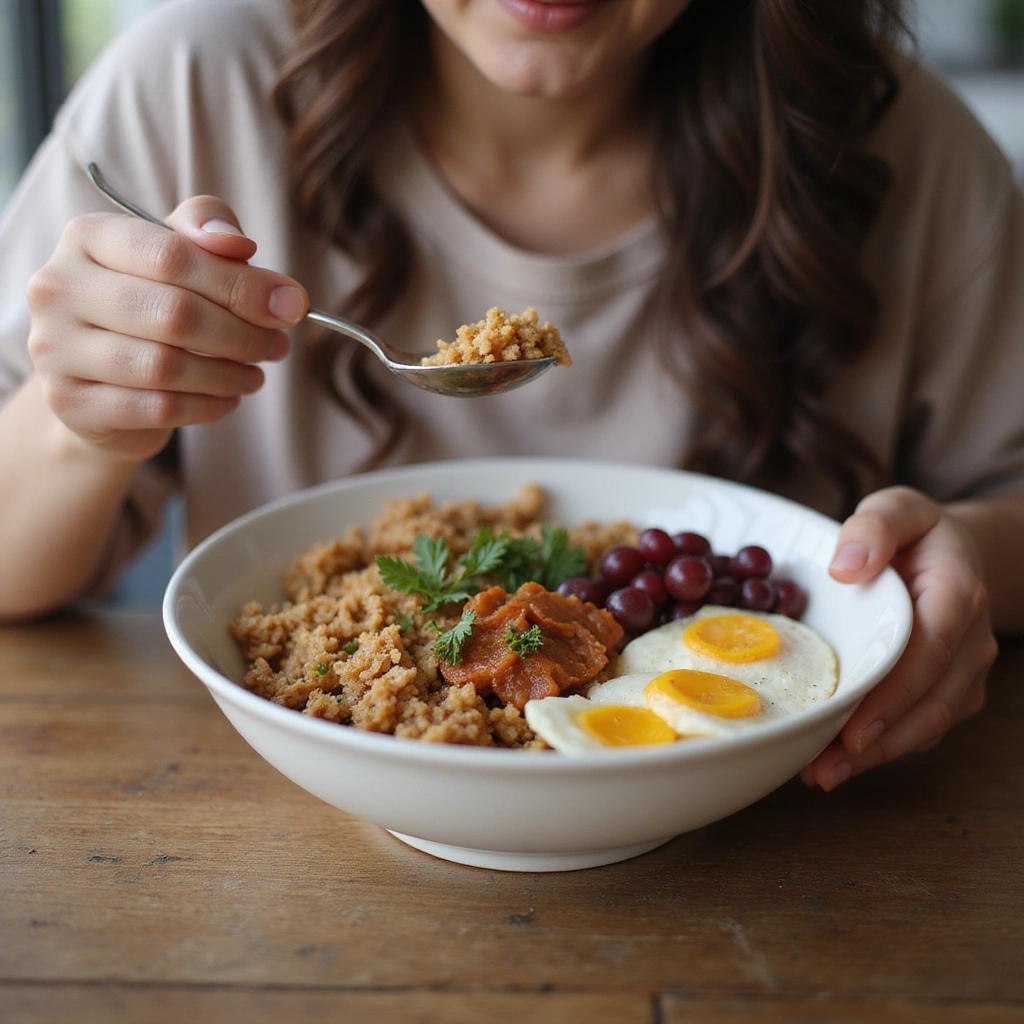
Sit down and take a moment to appreciate your creation.
Enjoy the medley of flavors and textures in each bite.
Consider sharing your experience with others to inspire healthy eating habits.
Savor the wholesome goodness of your vegetarian breakfast bowl.
Critical Timing and Temperature Guide
Cooking Quinoa: Cook quinoa for exactly 15 minutes to achieve perfect texture. Look for the grains to become translucent and the germ to separate. Avoid overcooking, which can make it mushy.
Preparing Vegetables: Ensure vegetables are chopped just before serving to maintain freshness. Use room temperature ingredients for the best flavor. Avoid pre-chopping too far in advance to prevent oxidation and wilting.
Serving Temperature: Serve the bowl immediately after assembling for optimal taste. Keep the ingredients at room temperature before assembly, and avoid reheating once plated to preserve texture.
Pro Tips for Vegetarian Breakfast Bowls Easy Recipes Wholesome Morning Meals
• Ingredient Selection: Choose the freshest vegetables and high-quality quinoa for the best flavor.
• Preparation Secret: Rinsing quinoa is often overlooked but essential for removing bitterness.
• Temperature Management: Ensure all ingredients are at room temperature before assembling for the best taste.
• Texture Enhancement: Toasting pumpkin seeds before adding can enhance their flavor and crunch.
• Flavor Layering: Incorporate herbs like basil or cilantro to add complexity to the flavors.
• Make-Ahead Strategies: Cook quinoa in advance and store in the fridge for up to three days.
• Restaurant-Quality Finishing Touches: Drizzle with a balsamic reduction for an elegant presentation.
• Equipment Optimization: Use a high-quality knife for even vegetable cuts and consistent cooking.
Troubleshooting Common Issues
• Quinoa Too Mushy: This occurs if quinoa is overcooked or too much water is used. To fix this, reduce cooking time and ensure the water-to-quinoa ratio is correct. Aim for 2:1 for perfect texture.
• Vegetables Wilting: If vegetables wilt too quickly, consider using fresher produce and avoid pre-chopping. Store chopped vegetables in an airtight container with a damp paper towel to maintain crispness.
• Flavor Lacking: If the bowl tastes bland, adjust seasonings. Adding a squeeze of lemon or lime juice can brighten the flavors significantly.
• Texture Issues: If the bowl feels too soft, consider adding crunch with nuts or seeds. Toasting them can enhance their flavor and texture.
• Poor Assembly: If the bowl looks unappealing, practice layering ingredients carefully for a more visually attractive presentation. Take time to arrange each component thoughtfully.
Variations and Regional Differences
• Mediterranean Variation: This version incorporates olives, roasted bell peppers, and tzatziki sauce, reflecting Mediterranean tastes and ingredients.
• Asian-Inspired Bowl: Includes edamame, sesame seeds, and a drizzle of soy sauce or miso dressing, showcasing a different flavor profile.
• Mexican Style: Top with black beans, corn, avocado, and a dollop of salsa for a bold twist.
• Modern Interpretations: Current trends might include adding superfoods like acai or spirulina, offering innovative and nutritious options.
Food Science Behind the Recipe
• Gelatinization: When quinoa cooks, its starches gelatinize, making it fluffy and absorbent. Understanding this helps in achieving the perfect texture.
• Emulsification: The oil and vinegar in dressings create an emulsion that enhances flavor and mouthfeel. Proper emulsification results in a creamy texture that coats the ingredients.
• Flavor Chemistry: The Maillard reaction occurs when cooking any protein or carbohydrate, creating complex flavors. Recognizing this helps in developing deeper, richer tastes.
Frequently Asked Questions
What’s the most common mistake people make when preparing vegetarian breakfast bowls? A common mistake is overcooking quinoa, which leads to a mushy texture. Always follow the timing and water ratios for best results.
Can I prepare components of this dish in advance? Yes, you can cook the quinoa and chop vegetables a day ahead. Store them separately in airtight containers in the refrigerator.
How do I adapt this recipe for dietary restrictions? You can replace quinoa with rice or gluten-free grains and choose dairy-free cheese alternatives for a vegan option.
What’s the best way to store and reheat leftovers? Store leftovers in an airtight container in the fridge for up to three days. Reheat in the microwave or on the stove with a splash of water to prevent drying out.
Can I freeze this dish? Yes, the quinoa and toppings can be frozen separately. Thaw overnight in the fridge and reheat before serving.
What wine or beverages pair best with this dish? A light white wine or herbal tea complements the freshness of the bowl perfectly.
How can I scale this recipe up for a crowd? Increase the ingredients proportionally and consider cooking in larger batches, ensuring even cooking times.
What side dishes complement this recipe best? Fresh fruit or a light salad pairs well with the bowl, enhancing the meal with additional colors and flavors.
How do professional chefs elevate this dish for restaurant service? They often add garnishes like microgreens or edible flowers for an elegant presentation.
Serving and Presentation Guide
• Traditional Presentation: Serve in a deep bowl with layers visible. Garnish with fresh herbs like cilantro or parsley for added color.
• Modern Plating Ideas: Use a white plate to contrast the vibrant colors of the ingredients. Arrange components in a spiral for visual appeal.
• Accompaniment Suggestions: Serve with a side of whole-grain toast or a fresh fruit salad to round out the meal.
• Special Occasion Presentation: Consider using unique serving dishes or adding edible flowers for an upscale experience.
Conclusion
I encourage you to try making your own vegetarian breakfast bowl and experience the joy of crafting a delicious, nourishing meal.
With endless combinations of ingredients, you’ll never get bored and can tailor it to your taste.
Enjoy the process of preparing and savoring each bite, knowing you’re making a healthy choice for your morning routine.
